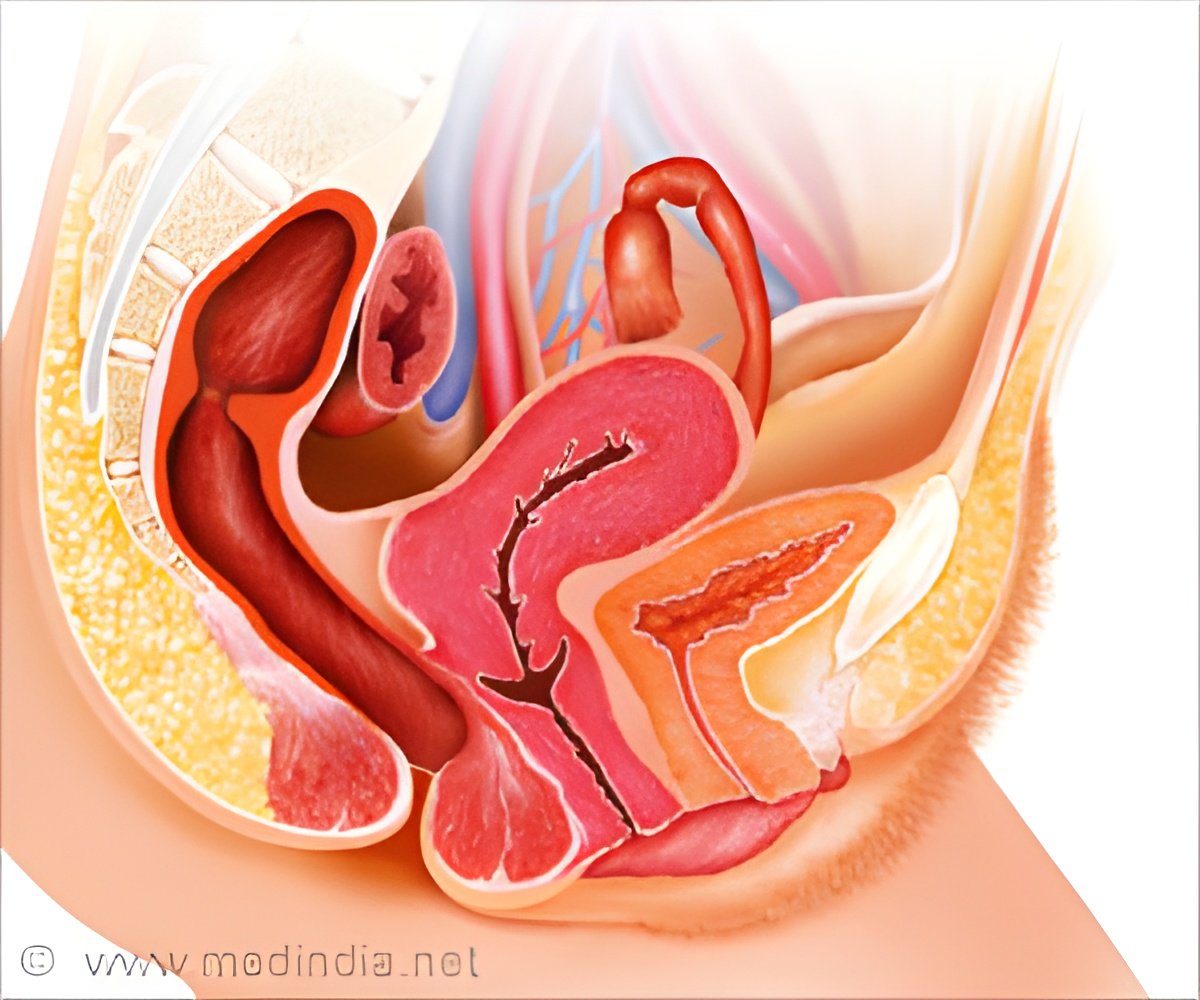The cells of the human body go through a number of divisions, right from the fertilized egg to an adult

Now work by Whitehead Institute Member Iain Cheeseman and Kara McKinley, a graduate student in Cheeseman's lab has identified the molecular controls that ensure that CENP-A deposition at centromeres occurs in the right place at precisely the right time. Their findings are described in the current issue of the journal Cell.
In preparation for mitosis, the cell's DNA is copied and condensed into paired chromosomes. Thin protein fibers, called microtubules stretch out from points on opposite sides of the cell and latch onto a protein complex, called the kinetochore, which is anchored by CENP-A molecules at the centromere. As mitosis progresses, the microtubules align the chromosomes along the mid-line of the cell, then shorten and pull the chromosome pairs at their centromeres to opposite sides of the cell.
The fate of the cell depends on this process going smoothly. If the chromosomes have too many or too few centromeres, or the centromeres are located in the wrong place, proper chromosome segregation fails, and the cell either dies or becomes diseased. Because the centromere's integrity is so vital, its precise location is amazingly maintained each time cells divide, and passed on through multiple generations.
In her research, McKinley found that two kinases—Plk1 and CDK—work in separate steps to ensure that CENP-A replenishment proceeds correctly. For CENP-A to fill in all of the gaps in the centromere, both steps must work correctly. By defining the ways in which these kinases work, McKinley was able to disrupt the precise timing of CENP-A replenishment and cause severe problems for chromosome segregation.
"The assumption was that the timing of CENP-A replenishment had to be important for centromere function because it was so tightly controlled. Now we have finally been able to test that assumption," says McKinley.
Advertisement
Advertisement









